Home>Garden Essentials>How To Seed A Lawn That Already Has Grass
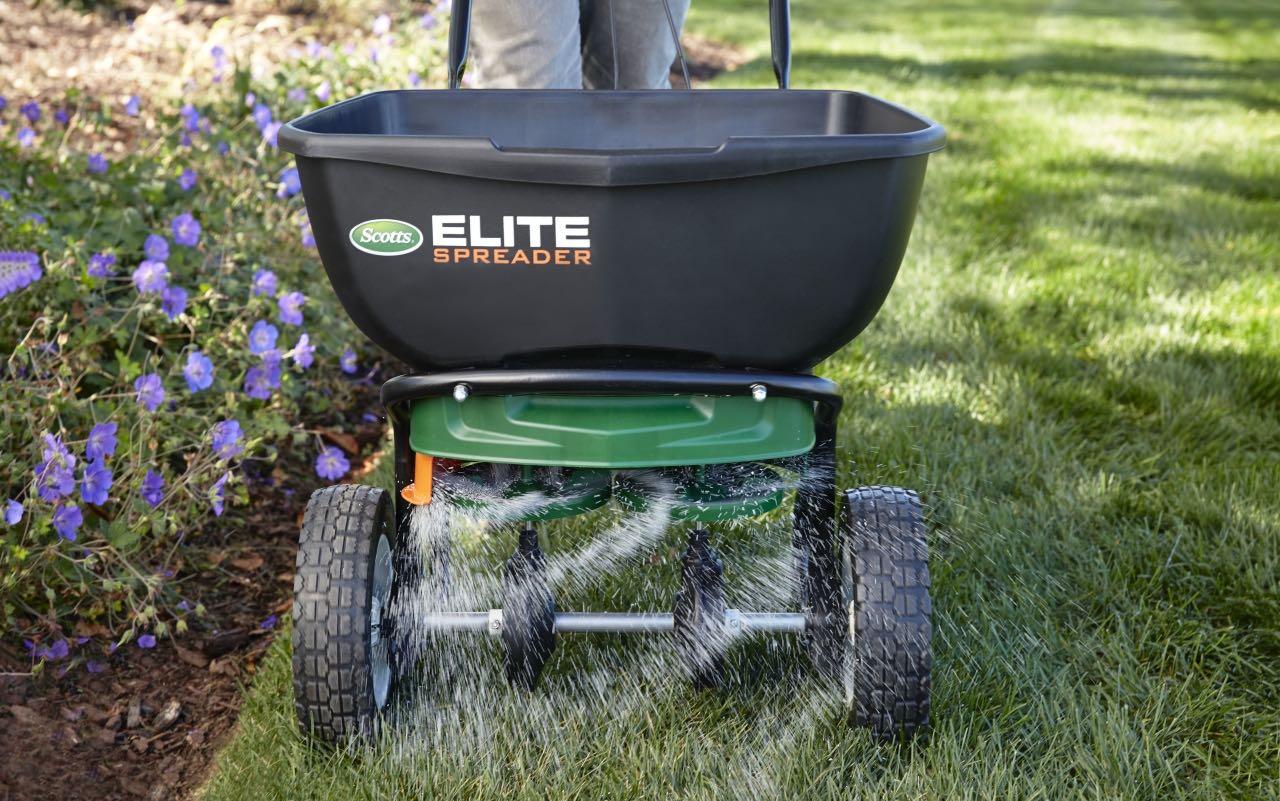

Garden Essentials
How To Seed A Lawn That Already Has Grass
Modified: October 19, 2024
Learn how to seed a lawn that already has grass and transform your garden into a lush paradise. Get expert tips on revitalizing your lawn and promoting healthy growth.
(Many of the links in this article redirect to a specific reviewed product. Your purchase of these products through affiliate links helps to generate commission for Storables.com, at no extra cost. Learn more)
Introduction
Have you ever looked out onto your lawn and noticed patches of thin or bare grass? Maybe the once lush, green carpet is now showing signs of wear and tear. If you’re looking to rejuvenate your lawn without starting from scratch, then over-seeding is the perfect solution for you.
Over-seeding is the process of adding new grass seed to an existing lawn to promote thicker, healthier growth and fill in those unsightly bare patches. It’s a cost-effective and efficient way to give your lawn a fresh start without tearing up the entire yard.
In order to successfully seed a lawn that already has grass, there are a few important steps to follow. This article will guide you through the process, from assessing the current condition of your lawn to providing proper maintenance and care after seeding.
By the end of this article, you’ll have the knowledge and confidence to transform your lackluster lawn into a vibrant and thriving oasis.
Key Takeaways:
- Over-seeding your lawn can revive thin or bare patches, but it’s crucial to assess the grass health, prepare the soil, choose the right seed, and time the seeding properly for successful results.
- After over-seeding, maintain your lawn by watering, mowing, fertilizing, and controlling weeds. Providing proper care will ensure a lush and resilient lawn for years to come.
Assessing the Current Condition of Your Lawn
Before embarking on the journey of over-seeding your lawn, it’s crucial to assess the current condition of your grass to determine the underlying issues that may have caused thinning or bare patches. This step will help you identify any existing problems and address them before introducing new grass seed.
Start by examining the overall health of your lawn. Look for signs of stress, such as discoloration, weeds, pests, or disease. These factors can hinder the growth of new grass and may need to be addressed prior to over-seeding.
Next, assess the extent of bare spots or thinning areas. Are they small patches, or do they cover a significant portion of your lawn? This will determine the amount of grass seed you’ll need for over-seeding.
Take note of the type of grass currently growing in your lawn. Different grass species have varying resilience and growth habits. Knowing your grass type will help you select the most suitable grass seed for over-seeding.
Consider the overall soil condition in your lawn. Is it compacted, sandy, or clay-like? Poor soil condition can impede the growth of new grass. If needed, it’s recommended to aerate the soil before over-seeding to improve air and water circulation.
Lastly, evaluate the amount of sunlight and shade your lawn receives. Some grass species thrive in sunny areas, while others tolerate shade better. Understanding the light conditions will enable you to choose the right grass seed that will flourish under those circumstances.
By thoroughly assessing the current condition of your lawn, you’ll be able to identify any underlying issues and prepare the necessary steps to ensure successful over-seeding. Don’t rush this process, as it will lay the foundation for a healthy and vibrant lawn.
Preparing Your Lawn for Over-seeding
Once you’ve assessed the current condition of your lawn, it’s time to prepare it for over-seeding. This step is crucial to create optimal conditions for the new grass seed to take root and flourish. Follow these steps to ensure a successful over-seeding process.
The first step is to mow your existing grass at a shorter height than usual. This allows the new grass seed to make direct contact with the soil, increasing the chances of germination and establishment. Be sure to remove any clippings or debris to create a clean and even surface for seeding.
Next, remove any weeds or unwanted vegetation from your lawn. Weeds compete with the new grass for nutrients, water, and space, hindering its growth. Use a weed killer or manually pull out the weeds, ensuring their roots are fully removed to prevent regrowth.
If your lawn has excessive thatch buildup, consider dethatching it before over-seeding. Thatch is a layer of dead grass and debris that accumulates between the soil and the living grass. It can prevent the new grass seed from reaching the soil and establishing strong roots. Use a dethatching rake or a power dethatcher to remove the thatch and create a healthier growing environment.
For lawns with moss infestation, it’s essential to address the issue before over-seeding. Moss can indicate poor drainage or shaded areas that are not suitable for grass growth. Use a moss killer or a lawn rake to remove the moss and improve the conditions for the new grass.
Lastly, consider aerating your lawn to enhance soil drainage and alleviate compaction. Aerating involves creating small holes in the soil to allow air, water, and nutrients to penetrate deeper into the roots. This process promotes better root development and overall grass health. Use a manual or powered aerator to aerate your lawn, paying extra attention to areas with heavy foot traffic or compacted soil.
By following these steps to prepare your lawn for over-seeding, you’ll create an optimal environment for the new grass seed to thrive. This will maximize the chances of successful germination and establish a healthier and denser lawn.
Selecting and Purchasing the Right Grass Seed
Choosing the right grass seed for over-seeding is crucial to achieve the desired results and long-term lawn success. There are several factors to consider when selecting and purchasing grass seed, including grass species, climate suitability, and seed quality.
First, consider the grass species that will best suit your lawn and local climate. Different grass species have varying characteristics, such as growth habits, drought tolerance, and shade tolerance. Research the recommended grass species for your region and evaluate their suitability for your specific lawn conditions.
Next, determine the seed blend or mixture that fits your lawn’s needs. Seed blends are combinations of different grass species and cultivars that offer a more diverse and resilient lawn. They help to establish a lush and visually appealing turf that can withstand various environmental stresses.
Look for grass seeds that have been certified by quality control organizations, ensuring that they meet specific standards for purity and germination. This certification guarantees that the seeds are of high quality and have a higher probability of successful establishment.
Consider the specific conditions of your lawn as well. If you have areas with heavy shade, choose a grass seed blend that includes shade-tolerant varieties. If your lawn experiences high foot traffic, opt for a seed blend that offers superior wear resistance.
It’s also crucial to take into account the maintenance requirements of the chosen grass species. Some grass species require more frequent mowing, fertilizing, and watering, while others are more low-maintenance. Select a grass seed variety that aligns with your desired level of lawn care commitment.
When purchasing grass seed, it’s advisable to buy from reputable suppliers or garden centers. Ensure that the seed packaging displays information such as seed variety, purity percentage, germination rate, and planting instructions. This information will guide you in properly sowing and caring for the new grass seed.
Lastly, consider the quantity of grass seed you’ll need for over-seeding. Measure your lawn’s square footage and follow the recommended seeding rates provided on the packaging. Using the right amount of seed will ensure even coverage and optimal grass growth.
By carefully selecting and purchasing the right grass seed, you’ll set the foundation for a successful over-seeding process. The right grass seed will be well-suited for your lawn’s conditions and help you achieve a vibrant and resilient lawn.
Choosing the Ideal Time to Seed
The timing of when you seed your lawn is crucial for the successful germination and establishment of the new grass seed. It’s important to choose the ideal time to seed based on your local climate, grass species, and the specific conditions of your lawn. Proper timing will maximize the seed’s chances of thriving and create a lush and healthy lawn.
For cool-season grasses, the best time to seed is in the early fall or spring when temperatures are moderate. This includes grass species like Kentucky bluegrass, perennial ryegrass, and fescue varieties. Fall seeding is generally preferred due to cooler temperatures, reduced weed pressure, and increased moisture availability. The seeds have a longer period to establish roots before the onset of summer heat.
In warmer regions with warm-season grasses like Bermuda grass, Zoysia grass, or Bahiagrass, the optimal time to seed is in late spring or early summer. These grasses thrive in hotter temperatures and need sufficient warmth to germinate and establish. It’s important to seed early enough in the season to give the grass enough time to mature before the colder months arrive.
It’s crucial to consider the climate in your specific region when determining the best time to seed. Factors such as average temperatures, rainfall patterns, and frost dates will impact the success of your grass seed germination. Research your local climate and consult with local horticultural experts or extension services for specific seeding recommendations.
Timing is also dependent on the condition of your lawn. If your lawn has bare patches or thin areas, it’s best to seed as soon as possible in order to give the new grass seed ample time to establish before any extreme weather conditions or foot traffic occurs. If you’re planning other lawn renovation or maintenance activities, such as aerating or dethatching, it’s advisable to complete those tasks prior to seeding.
It’s important to be aware of any potential challenges that may arise during the chosen seeding time. For example, if you decide to seed in the fall, you may need to contend with falling leaves or increased competition from weed seeds. Consider these factors and plan accordingly, using proper lawn maintenance techniques such as raking or using a pre-emergent herbicide to prevent weed growth.
By carefully choosing the ideal time to seed based on your grass species, climate, and lawn condition, you’ll significantly increase the chances of successful seed germination and establishment. Timing is key for healthy grass growth and ultimately a beautiful and resilient lawn.
Read more: How To Seed Lawn
Removing Excess Thatch and Moss
Before seeding your lawn, it’s important to address any excess thatch and moss buildup. Thatch is the layer of dead grass and debris that accumulates between the soil and the living grass. Moss, on the other hand, is a common problem in lawns that are shaded or have poor drainage. These issues can hinder the germination and establishment of new grass seed. Removing excess thatch and moss will create a healthier growing environment and improve the chances of successful over-seeding.
One method to remove excess thatch is through dethatching. Dethatching involves raking or using a dethatching machine to mechanically remove the layer of dead material from your lawn. You can rent a dethatching machine from a local equipment rental store, or you can use a thatch rake for smaller areas. Ensure that the blades or tines penetrate the thatch layer and lift it away from the soil. Thoroughly rake or dethatch the entire lawn, paying extra attention to areas with thicker thatch accumulation.
Moss can be more challenging to remove, as it often signifies underlying issues such as shade or poor drainage. Start by manually raking out as much moss as possible using a lawn rake. This will loosen and lift the moss from the surface. After raking, you can use a moss killer or a commercial moss removal product to help eliminate any remaining moss and prevent its regrowth. Follow the instructions provided by the product manufacturer for best results.
Once you have removed excess thatch and moss, it’s important to properly dispose of it. Thatch can be mowed over and left on the lawn as it decomposes, but if the layer is excessive, it’s best to collect and dispose of it. Moss can be added to your compost pile if it has been treated with a moss killer that is safe for composting. Otherwise, it’s recommended to bag and dispose of the moss in the appropriate waste disposal containers.
After removing thatch and moss, take the opportunity to assess the lawn’s overall condition. If you notice any bare patches or thin areas, these should be addressed before proceeding with over-seeding. Consider regrading these areas, improving the soil quality, or applying topsoil to ensure a level and fertile surface for the new grass seed.
By removing excess thatch and moss, you’re creating a clean and healthy environment for new grass seed to thrive. This preparation step will greatly improve the chances of successful germination and establishment, leading to a lush and beautiful lawn.
Before seeding a lawn that already has grass, it’s important to mow the existing grass short and rake away any debris. Then, spread the new grass seed evenly and water it regularly to help it establish.
Mowing and Trimming the Existing Grass
Before you start the over-seeding process, it’s important to properly mow and trim the existing grass in your lawn. This step will create an even and well-prepared surface for the new grass seed to establish and grow. Follow these guidelines to ensure you’re mowing and trimming your lawn correctly.
First, set your lawnmower blades to a slightly lower height than usual. The recommended height varies depending on the grass species, but generally, it should be around 2-3 inches. Be cautious not to scalp the grass, as this can weaken the turf and make it more susceptible to disease and weed invasion.
Start by mowing the entire lawn, making sure to overlap each pass to ensure even cutting. Aim to remove about one-third of the grass blade length during each mowing session. By gradually reducing the height of the grass, you encourage the turf to thicken and promote new growth.
After mowing, use a trimmer or edger to neatly trim the edges of your lawn. This will give it a clean and polished look. Pay attention to areas near sidewalks, flower beds, and driveways, ensuring that the grass is neatly trimmed and doesn’t extend beyond its boundaries.
It’s important to collect the grass clippings after mowing, especially if they’re long and clumped together. This prevents them from smothering the new grass seed and inhibiting its growth. If the grass clippings are short and not clumped, they can be left on the lawn as they will decompose and add nutrients back into the soil.
Regular mowing and trimming of your lawn not only maintain its aesthetic appeal but also promote healthier grass growth. It encourages lateral spreading and thickening of the turf, which helps choke out weeds and create a denser, more resilient lawn.
Remember to never mow a wet lawn, as this can lead to uneven cutting and clumping of the grass clippings. It’s best to mow when the grass is dry to achieve a clean and professional-looking cut.
By properly mowing and trimming your existing grass, you’re creating the ideal canvas for over-seeding. The even and well-maintained surface will make it easier for the new grass seed to establish and blend in with the existing turf, resulting in a lush and seamless lawn.
Aerating the Lawn
Aerating your lawn is a crucial step in preparing for over-seeding. This process involves creating small holes in the soil to improve air and water circulation, reduce compaction, and promote better root development. By aerating your lawn, you create a conducive environment for the new grass seed to establish and thrive. Follow these steps to effectively aerate your lawn.
First, determine the type of aerator you’ll use. There are two main types of lawn aerators: spike aerators and plug or core aerators. Spike aerators have solid tines that puncture the soil, while plug aerators remove small cores of soil from the lawn. Plug aerators are generally more effective, as they alleviate compaction and create space for root growth. You can rent a plug aerator from a local garden center or equipment rental store.
Before aerating, it’s important to thoroughly water your lawn a day or two in advance. Moist soil makes it easier for the aerator to penetrate the ground and extract proper soil cores. Avoid aerating when the soil is overly wet or dry.
Once you’re ready to aerate, walk slowly and evenly across your lawn, ensuring that the aerator covers the entire area. Overlap each pass to ensure thorough aeration. Pay extra attention to areas with heavy foot traffic or compacted soil. If you have a large lawn, consider using a lawn tractor with a tow-behind plug aerator attachment for more efficient coverage.
After aerating, don’t remove the soil cores from the lawn. Leave them on the surface and they will break down naturally over time, enriching the soil with organic matter. You can break up larger cores with the back of a rake or by using a lawn roller to create a more even appearance.
Once the aeration process is complete, it’s an ideal time to add any necessary soil amendments. If your soil is lacking in nutrients, you can spread a thin layer of compost or topsoil over the lawn and use a rake to work it into the aeration holes.
After aerating and amending the soil, water the lawn thoroughly. This will help settle the soil, enhance seed-to-soil contact, and promote the germination of the new grass seed. Provide regular watering in the following weeks to keep the soil consistently moist as the new grass seed establishes.
Aerating your lawn before over-seeding is a vital step in creating a healthy and thriving lawn. By improving soil conditions and alleviating compaction, you increase the chances of successful seed germination and lush grass growth. Take the time to aerate your lawn properly and enjoy the benefits of a vibrant and resilient lawn.
Spreading the Grass Seed
After properly preparing the soil and aerating your lawn, it’s time to spread the grass seed. This step is crucial for establishing new grass and filling in bare or thinning areas. Follow these guidelines to ensure a successful and even distribution of the grass seed.
First, measure the square footage of your lawn to determine the appropriate amount of grass seed needed. Refer to the packaging of the seed for recommended seeding rates. It’s better to slightly overestimate the amount of seed to ensure even coverage, but avoid excessive seeding as it can lead to overcrowding and competition among the grass seedlings.
Next, select a broadcast spreader or a hand-held spreader for distributing the grass seed. Broadcast spreaders are ideal for larger areas, while hand-held spreaders are better suited for smaller or irregularly shaped sections.
Before filling the spreader with grass seed, thoroughly mix the seed in its original packaging to redistribute any settling. This ensures a more uniform distribution of seed types and sizes.
Begin spreading the grass seed by making a perimeter pass around the edges of your lawn. This will help establish boundaries and prevent missing any areas. Then, move back and forth in a crisscross pattern to evenly cover the entire lawn. Overlap each pass slightly to ensure even distribution.
Pay special attention to bare or thinning areas, ensuring that they receive a slightly denser amount of seed. Use a handheld spreader or even your hand to spread the seed more precisely in these areas.
If you have slopes in your lawn, it’s best to spread the seed in a zigzag pattern across the slope to prevent seed runoff and ensure proper coverage.
After the grass seed has been spread, use a rake to lightly work the seed into the soil. Avoid raking too vigorously, as it may disturb the seed distribution. Raking helps ensure good seed-to-soil contact, resulting in better germination rates.
Once the seed has been raked, lightly roll the lawn with a lawn roller or walk over it to ensure good seed-to-soil contact. This will help press the seed into the soil and prevent it from drying out or being eaten by birds.
After spreading the grass seed, it’s crucial to water the lawn thoroughly. Keep the soil consistently moist but not overly saturated to aid in seed germination. Water once or twice a day, depending on the weather conditions, until the new grass seedlings reach a height of about 2 inches.
By properly spreading the grass seed, you’ll ensure even coverage and maximize the chances of successful germination. Taking the time to spread the seed evenly and provide proper watering will lead to a lush and healthy lawn.
Read more: How To Seed Lawn Patches
Watering the Newly Seeded Lawn
Proper watering is essential for the germination and establishment of newly seeded grass. Adequate moisture creates ideal conditions for the seed to sprout and develop strong root systems. Follow these guidelines to ensure that your newly seeded lawn receives the proper amount of water for successful growth.
After spreading the grass seed, the first watering should occur immediately. This will help settle the seed into the soil, ensuring good seed-to-soil contact. Use a gentle spray or a fine mist setting on your sprinkler to avoid displacing the seeds.
Throughout the germination period, it’s crucial to keep the soil consistently moist. This means watering lightly multiple times a day to prevent the soil from drying out. Depending on the weather and soil conditions, this may require watering two to four times daily.
Too much water can lead to oversaturation, which can drown the seeds or cause them to rot. Conversely, too little water can result in dry soil, preventing the seeds from germinating. Aim for a balance by watering enough to keep the soil consistently moist, but not saturated.
Pay attention to environmental factors such as temperature and rainfall. During hot and windy weather, the soil may dry out more quickly and require more frequent watering. Adjust your watering schedule accordingly to ensure consistent moisture levels.
Avoid watering in the late evening or overnight, as extended moisture on the grass blades can create favorable conditions for disease development. Instead, aim to water in the early morning to allow the grass to dry before evening.
Monitor the progress of your newly seeded lawn. As the grass seedlings start to emerge, gradually reduce the frequency of watering while increasing the duration to encourage deeper root growth. This helps the grass become more resilient and drought-tolerant in the long run.
Continue watering the newly seeded lawn regularly until the grass reaches a height of about 2 inches. At this point, you can reduce the frequency of watering and transition to deeper, less frequent watering sessions to encourage the roots to grow deeper into the soil.
Be mindful not to overwater or underwater your newly seeded lawn. Finding the right balance is key for the successful establishment of the grass seedlings. With proper watering, you’ll promote healthy growth and set your lawn up for long-term success.
Providing Proper Maintenance and Care
After successfully over-seeding your lawn, it’s important to provide proper maintenance and care to ensure the long-term health and vitality of your grass. By following these guidelines, you’ll be able to foster strong growth, manage weeds, and maintain a beautiful and sustainable lawn.
First and foremost, continue to water your newly seeded lawn regularly. Once the grass seedlings have reached a height of about 2 inches, transition to deeper, less frequent watering sessions. This encourages the roots to grow deeper into the soil and promotes drought tolerance. Monitor the moisture levels and adjust your watering schedule based on the weather conditions.
Regular mowing is essential for maintaining a well-groomed lawn. Set your lawnmower blades to the recommended height for your grass species and avoid cutting more than one-third of the grass blade at a time. This promotes healthier growth and prevents stress on the grass. Additionally, be sure to keep your lawnmower blades sharp to ensure clean cuts and minimize stress on the grass blades.
Fertilization plays a vital role in maintaining a healthy lawn. Apply a balanced slow-release fertilizer according to the recommended schedule for your specific grass species. This will provide the necessary nutrients to support growth and improve the overall health of your lawn. Be cautious not to over-fertilize, as this can lead to excessive growth and increased susceptibility to disease and pests.
Weed control is an ongoing task in lawn maintenance. Regularly inspect your lawn for weeds and manually remove them as soon as they appear. This is particularly important in the early stages of over-seeding when the grass seedlings are vulnerable. If necessary, apply a selective herbicide specifically formulated for use on your grass species. Follow the instructions carefully to avoid damaging the newly seeded grass.
Aerate your lawn annually to alleviate compaction and improve air and water circulation. This helps ensure the availability of essential nutrients to the grass roots and promotes a healthier, more resilient lawn. Plan to aerate in the fall or spring when the grass is actively growing and the soil is not overly wet or dry.
Regularly monitor and address any pest or disease issues in your lawn. Watch for signs of damage, discoloration, or abnormal growth. If you spot any problems, consult with a professional for proper identification and treatment options. Early intervention is key to preventing the spread of pests or diseases and minimizing the damage they can cause.
Lastly, encourage good lawn health by leaving grass clippings on the lawn. They act as a natural mulch, returning nutrients to the soil as they decompose. However, be mindful that excessive thatch buildup can occur if the clippings are too thick or not properly managed. Regular dethatching can help prevent thatch accumulation and maintain a healthy growing environment.
By providing proper maintenance and care, you’ll ensure the longevity and beauty of your over-seeded lawn. Regular watering, mowing, fertilizing, weed control, aeration, and pest management will contribute to a lush and thriving lawn that you can enjoy for years to come.
Conclusion
Over-seeding a lawn that already has grass is an effective way to rejuvenate and revive your outdoor space. By following the steps and guidelines outlined in this article, you can achieve a lush and vibrant lawn with improved coverage and density. Let’s recap the key points to remember:
Assess the current condition of your lawn, considering factors such as grass health, bare spots, grass type, soil condition, and light exposure. This evaluation will help you identify any underlying issues and determine the right course of action.
Prepare your lawn for over-seeding by mowing the existing grass to a shorter height, removing weeds and excess thatch, and addressing moss infestation. These steps create a clean and fertile environment for the new grass seed to take root.
Choose the right grass seed based on your grass species, climate suitability, and maintenance requirements. Select high-quality certified seed and ensure that you have sufficient quantities to cover your lawn adequately.
Time your over-seeding appropriately. Cooler seasons like fall are generally ideal for cool-season grasses, while warm-season grasses thrive in late spring or early summer. Consider your local climate and lawn conditions when determining the best time to seed.
Remove excess thatch and moss to promote healthier growth and prevent competition for resources. Dethatch or rake out the accumulated debris, and treat any existing moss before over-seeding.
Mow and trim your existing grass to create an even surface and enhance the aesthetic appeal of your lawn. Set your mower blades to the correct height and collect the clippings to prevent smothering the new seed.
Aerate the lawn to alleviate soil compaction, improve soil drainage, and enhance air and water circulation to the grass roots. Use a plug aerator to create small holes in the soil that will encourage the new grass seed to take hold.
Spread the grass seed evenly and at the recommended rates, ensuring all areas of the lawn receive adequate coverage. Rake the seed into the soil and lightly roll the lawn to ensure good seed-to-soil contact.
Water the newly seeded lawn regularly, keeping the soil consistently moist but not overly saturated. Gradually reduce the frequency of watering as the grass seedlings mature and transition to deep, infrequent watering to promote deep root growth.
Maintain your lawn by mowing at the proper height, fertilizing based on the recommended schedule, controlling weeds, aerating annually, and addressing pest or disease issues promptly. Leave grass clippings on the lawn as natural mulch, but manage thatch buildup through regular dethatching.
By following these steps and providing proper maintenance and care, you’ll be rewarded with a stunning and resilient lawn that enhances your outdoor space. Over-seeding allows you to transform a lackluster lawn into an oasis of lush greenery and provides a cost-effective and efficient method for lawn renovation. With patience, diligence, and the right tools and knowledge, you can achieve the lawn of your dreams and enjoy the fruits of your labor for years to come.
Frequently Asked Questions about How To Seed A Lawn That Already Has Grass
Was this page helpful?
At Storables.com, we guarantee accurate and reliable information. Our content, validated by Expert Board Contributors, is crafted following stringent Editorial Policies. We're committed to providing you with well-researched, expert-backed insights for all your informational needs.
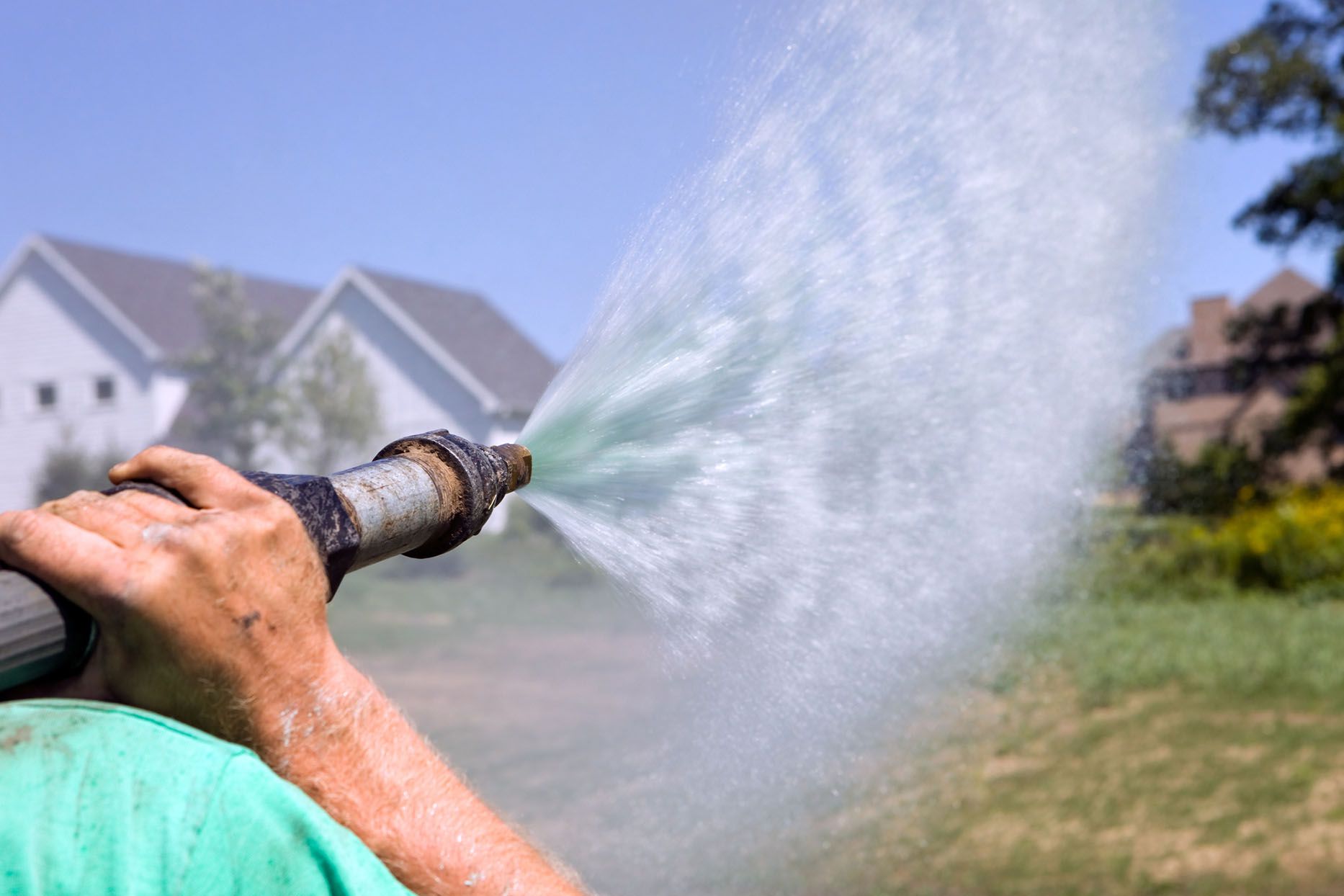
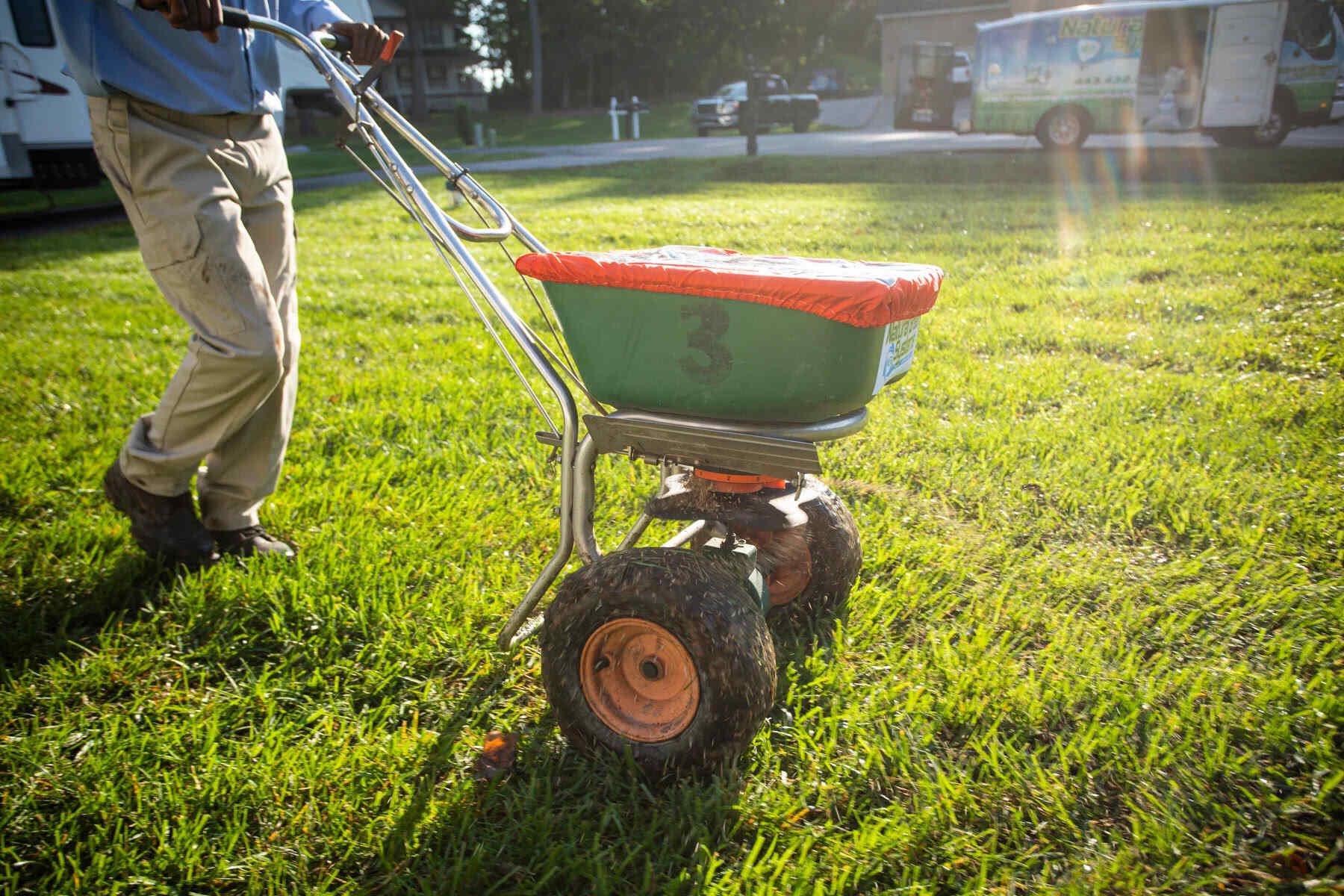
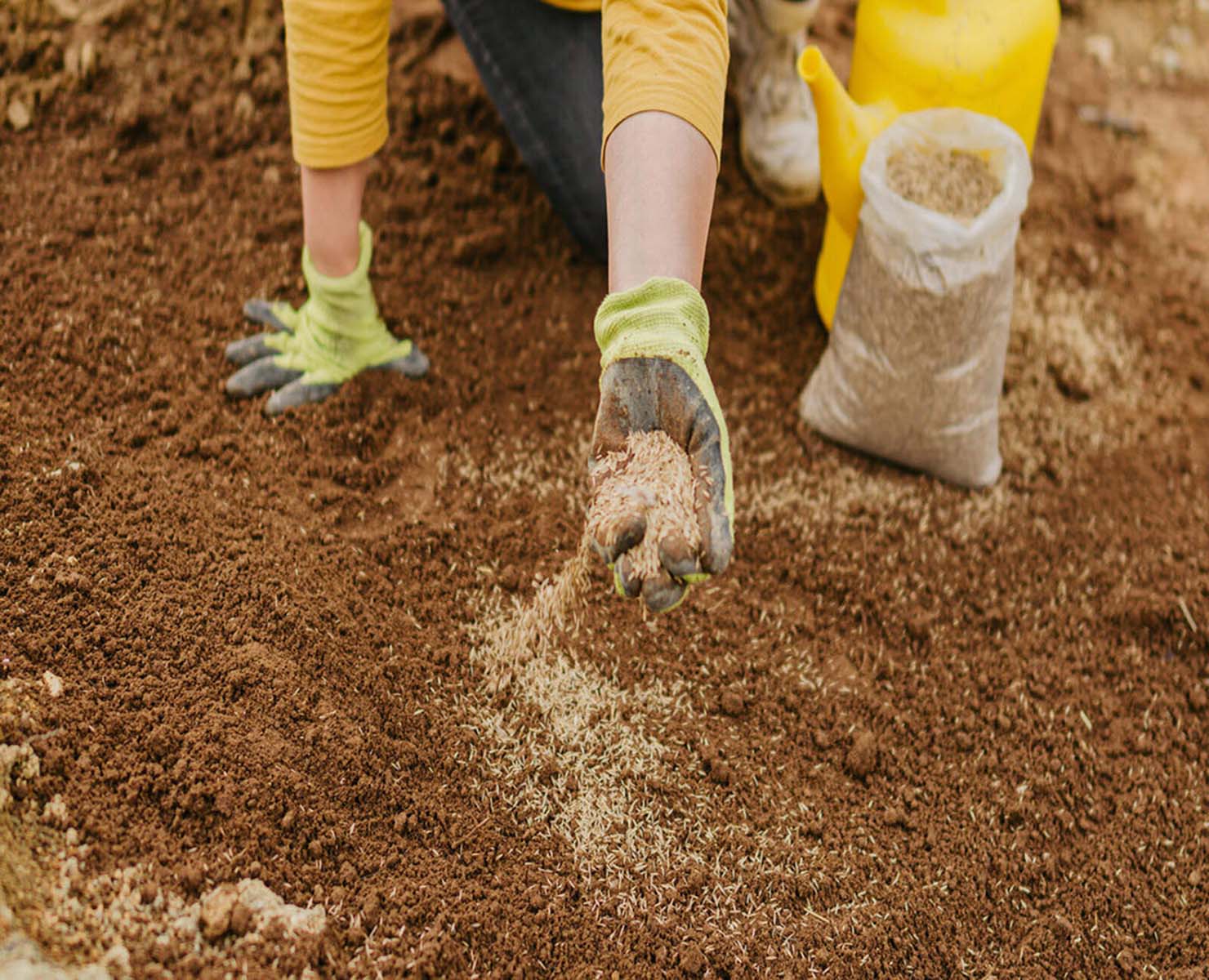
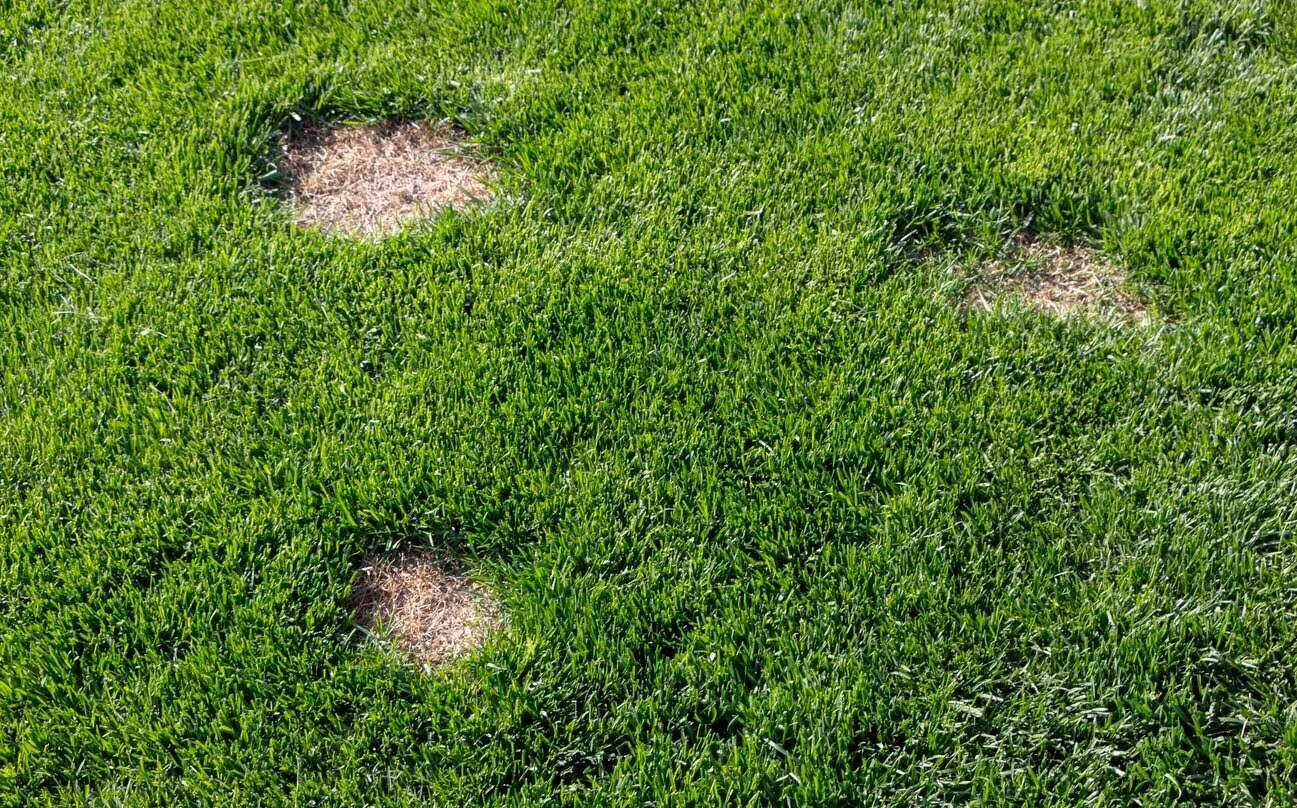
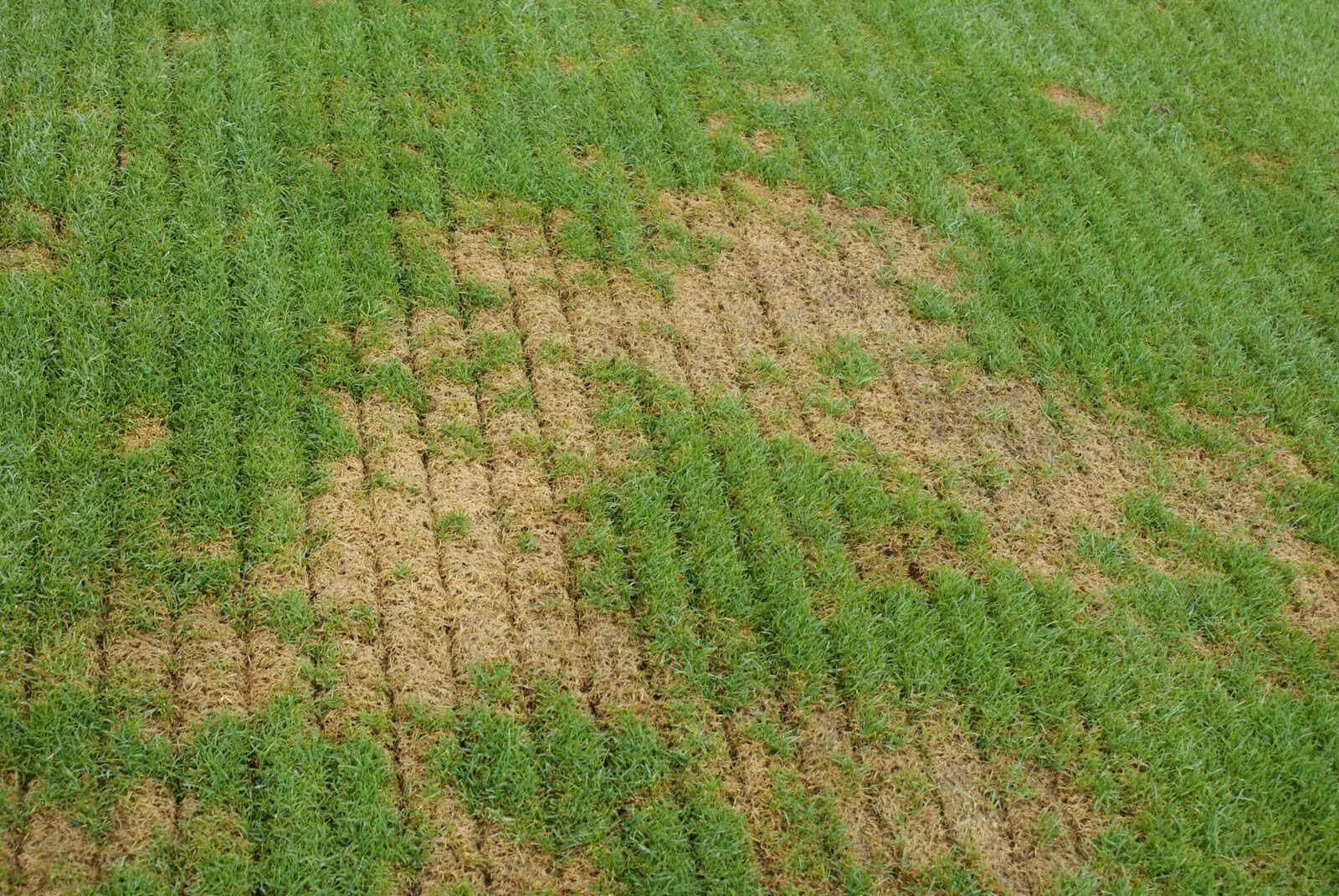
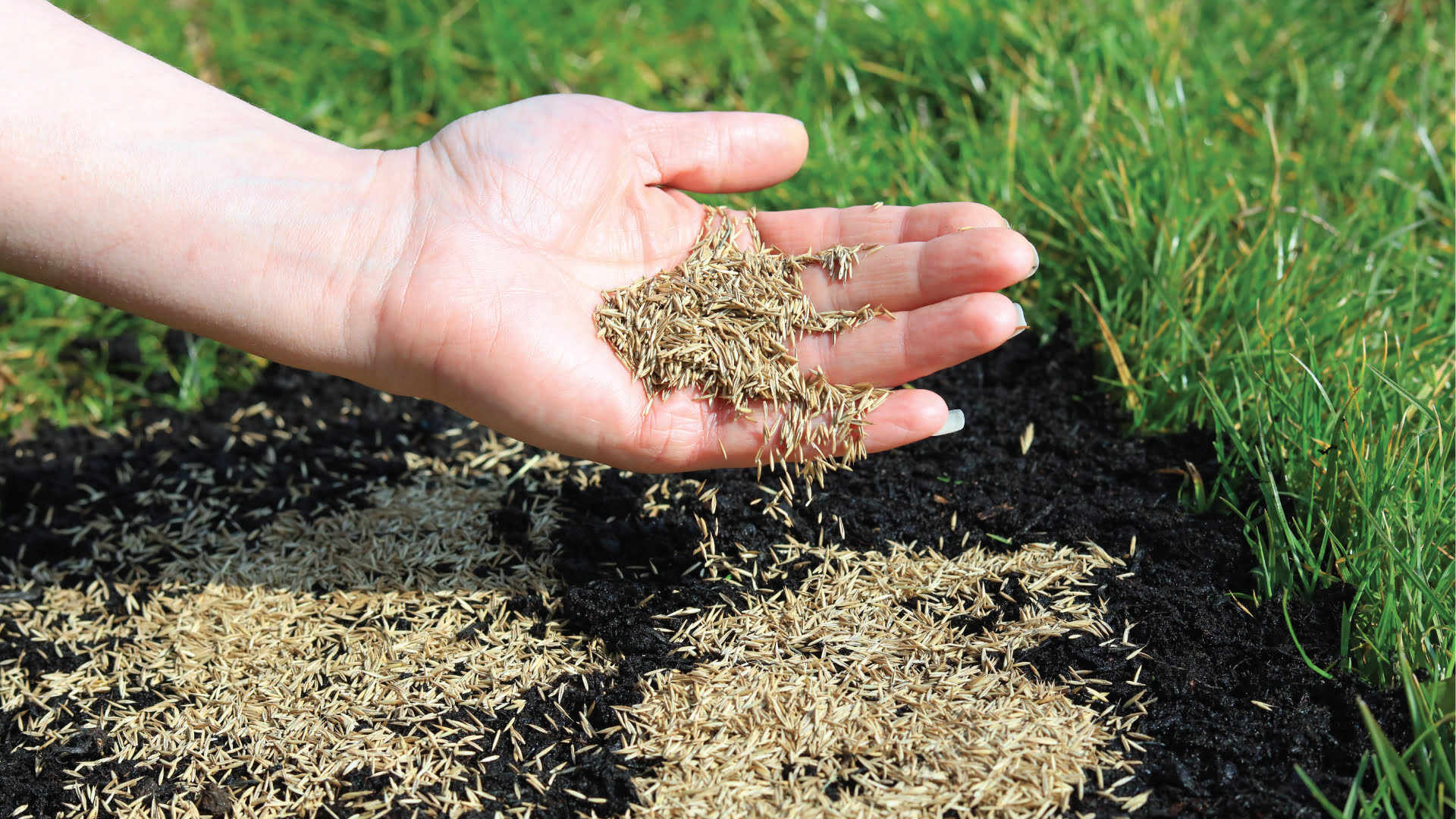
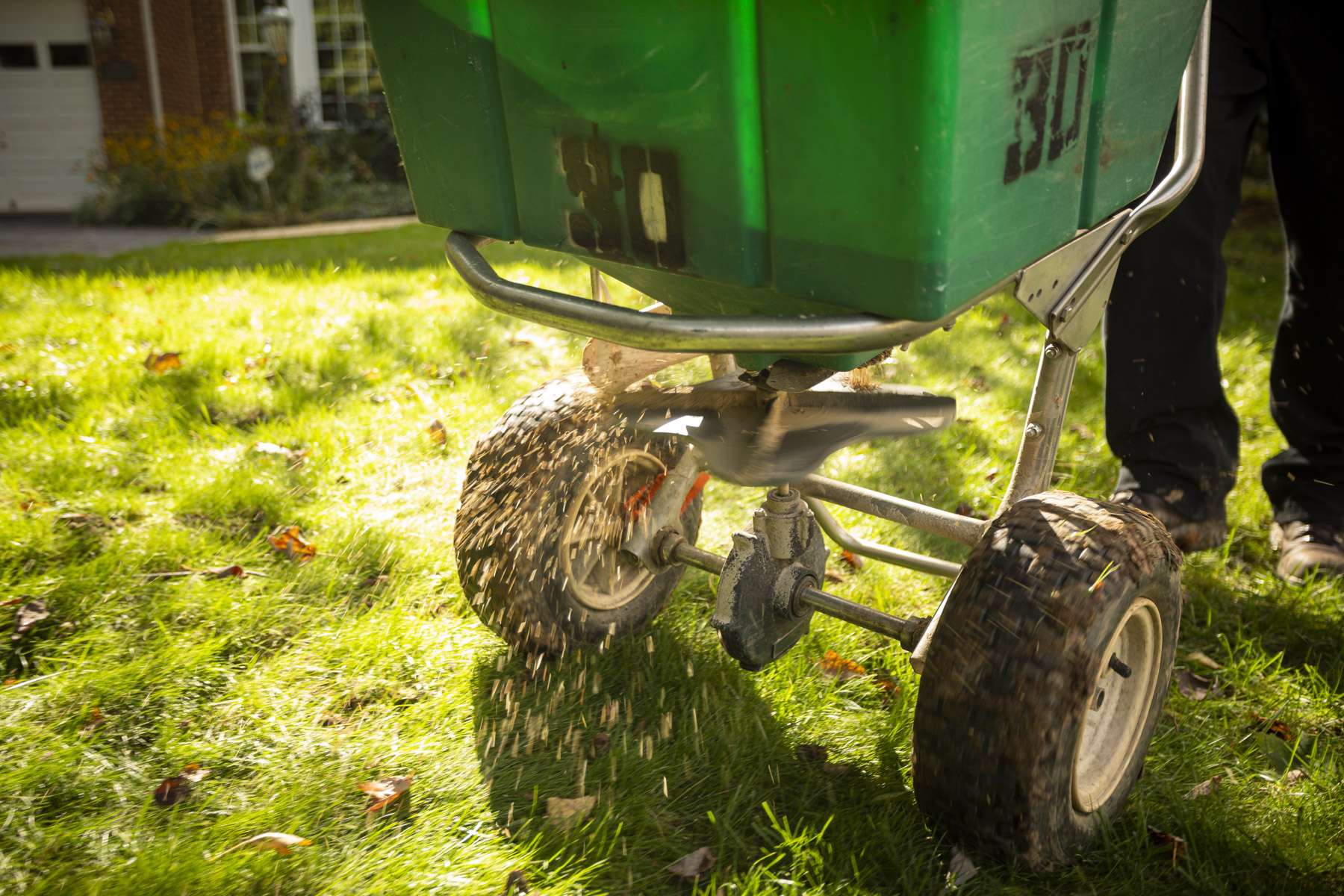





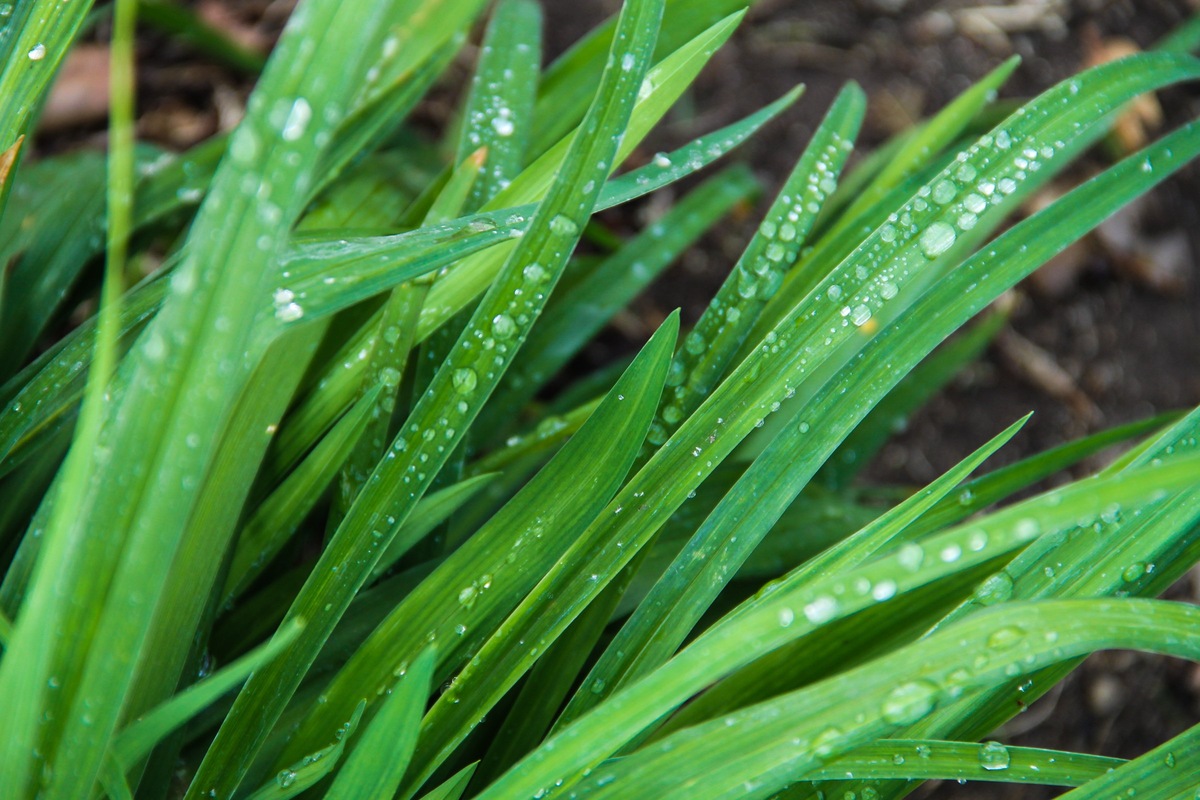

0 thoughts on “How To Seed A Lawn That Already Has Grass”